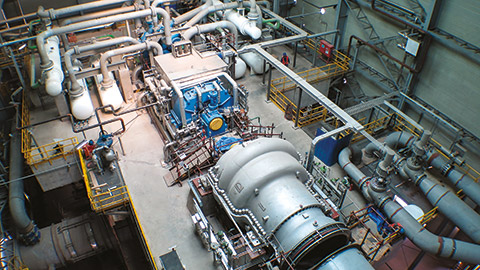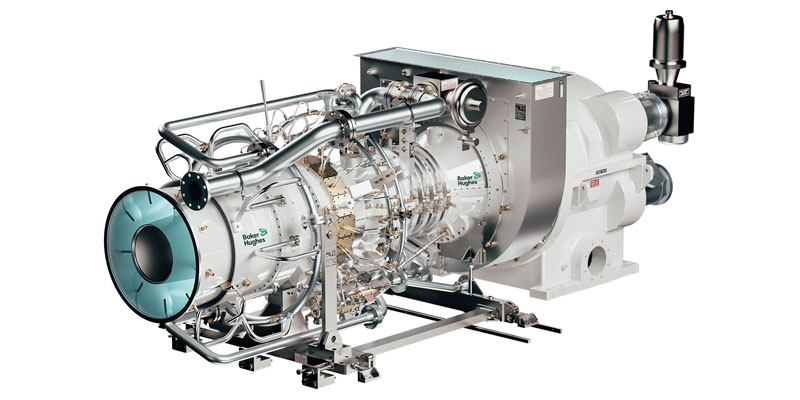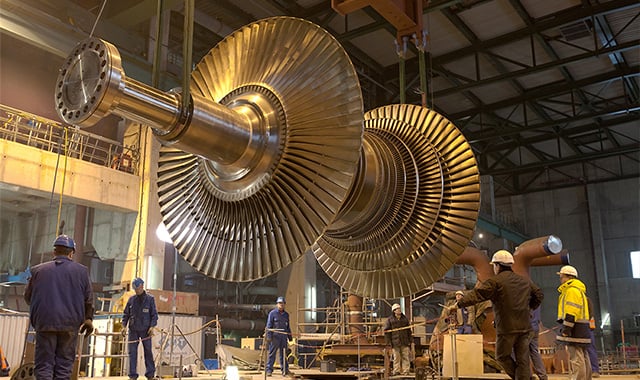REPETITIVE FAILURES IN CRITICAL & MAIN PARTS



CENTRIFUGAL COMPRESSORS
GAS TURBINES
SPECIAL STEAM TURBINES
FREQUENT QUESTIONS & ANSWERS
CENTRIFUGAL COMPRESSORS
Q: What are the most common causes of unexpected shutdowns in centrifugal compressors? A: The most common causes of unexpected shutdowns in centrifugal compressors are bearing failures, rotor unbalance, seal failures, and surge.
Q: How can I prevent bearing failures in my centrifugal compressor? A: Regular maintenance, including lubrication and vibration monitoring, can help prevent bearing failures. Also, choosing high-quality bearings and keeping the compressor clean can improve reliability.
Q: What are the signs of rotor unbalance in a centrifugal compressor? A: Signs of rotor unbalance in a centrifugal compressor include excessive vibration, unusual noises, and reduced efficiency.
Q: How can I prevent seal failures in my centrifugal compressor? A: Regular inspection and maintenance of seals, including replacement of worn or damaged parts, can help prevent seal failures. Choosing high-quality seals and monitoring compressor conditions can also improve reliability.
Q: What is surge and how can it be prevented in centrifugal compressors? A: Surge is a condition where gas flow in a compressor reverses direction, causing vibration, noise, and potentially damaging the compressor. Surge can be prevented by using surge control systems, maintaining proper operating conditions, and monitoring compressor performance.
Q: How can I identify degraded components in my centrifugal compressor before they fail? A: Regular monitoring of compressor conditions, including vibration analysis and oil analysis, can help identify degraded components before they fail. Also, regular inspections and maintenance can help identify potential problems before they cause unexpected shutdowns.
Q: What actions can I take if my centrifugal compressor experiences an unexpected shutdown due to a critical part failure? A: The first step is to investigate the cause of the failure and determine what repairs or replacements are necessary. Additionally, it is important to review maintenance and inspection procedures to prevent similar failures in the future.
GAS TURBINES
Q: What are some common causes of unexpected shutdowns in gas turbines? A: Unexpected shutdowns in gas turbines can be caused by a variety of factors, including compressor fouling, turbine blade damage, control system malfunctions, fuel system issues, and electrical problems.
Q: What are some critical parts or main components in gas turbines that can fail and cause unexpected shutdowns? A: Some critical parts or main components in gas turbines that can fail and cause unexpected shutdowns include turbine blades, compressor blades, bearings, combustion chambers, fuel nozzles, and control systems.
Q: How can we prevent unexpected shutdowns caused by critical parts or main components in gas turbines? A: Regular maintenance and inspections are critical for preventing unexpected shutdowns caused by critical parts or main components in gas turbines. Additionally, it is important to address any issues identified during routine maintenance or inspections promptly to avoid more serious problems.
Q: What are some signs that a critical part or main component in a gas turbine may be failing? A: Some signs that a critical part or main component in a gas turbine may be failing include increased vibration, reduced performance, unusual noises, and changes in temperature or pressure.
Q: What actions can be taken to address unexpected shutdowns caused by critical parts or main components in gas turbines? A: In the event of an unexpected shutdown caused by a critical part or main component in a gas turbine, it is important to identify the cause of the problem and take corrective action as soon as possible. This may involve replacing damaged or worn parts, performing repairs or adjustments to the system, or making changes to maintenance or operating procedures to prevent future failures.
Q: What steps can manufacturers take to improve the reliability of critical parts or main components in gas turbines? A: Manufacturers can improve the reliability of critical parts or main components in gas turbines by using high-quality materials and manufacturing processes, performing thorough testing and quality control during production, and providing clear maintenance and inspection guidelines for users. Ongoing research and development can also help to identify opportunities for improving the design and performance of critical parts and components.
SPECIAL STEAM TURBINES
Q: What are the main components of a special steam turbine in power generation, oil, gas, and petrochemical industries? A: The main components of a special steam turbine include the rotor, stator, casing, bearings, and seals.
Q: What are the common causes of unexpected shutdowns in special steam turbines? A: Common causes of unexpected shutdowns in special steam turbines include mechanical failures such as bearing failure, blade failure, and seal leakage, as well as electrical failures such as generator stator winding insulation failure and excitation system failure.
Q: How can mechanical failures in special steam turbines be prevented? A: Mechanical failures in special steam turbines can be prevented by implementing a comprehensive maintenance program that includes regular inspections, monitoring, and replacement of critical components as needed. Additionally, it is important to use high-quality materials and components in the design and construction of the turbine.
Q: How can electrical failures in special steam turbines be prevented? A: Electrical failures in special steam turbines can be prevented by implementing a comprehensive testing and monitoring program for the generator stator winding insulation and excitation system. Regular inspections and maintenance of these components can also help prevent unexpected failures.
Q: What are some common signs of impending failure in special steam turbines? A: Common signs of impending failure in special steam turbines include abnormal vibrations, unusual noise, changes in operating parameters such as temperature and pressure, and fluid leaks.
Q: How can operators respond to unexpected shutdowns in special steam turbines? A: Operators should follow established procedures for responding to unexpected shutdowns in special steam turbines, which may include isolating the turbine from the power system, investigating the cause of the shutdown, and implementing corrective actions as necessary.
Q: What role do manufacturers play in preventing unexpected shutdowns in special steam turbines? A: Manufacturers of special steam turbines can help prevent unexpected shutdowns by designing and building turbines with high-quality materials and components, providing training and support for operators, and offering comprehensive maintenance and repair services.
